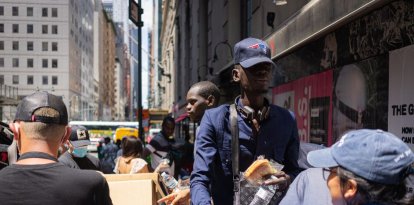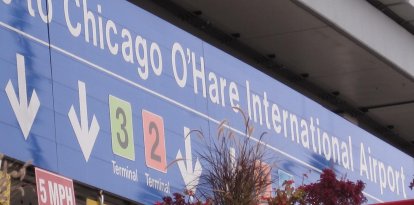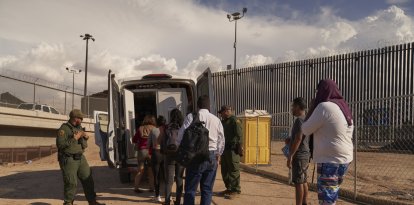History
The ‘real de a ocho,’ the Spanish coin that was decisive in the independence of the United States
The Spanish silver piece saved George Washington in a war he had almost lost.

Real de a ocho 1776
Hispanics continue to celebrate Hispanic Heritage Month. It is an opportunity to highlight the historical contribution of Hispanics in the United States. It's also a good time to remember how important the “real de a ocho” was for the country's independence.
It is the Spanish silver coin that saved George Washington in a war he had almost lost. Now, an exact replica of the coin of 1776 has been released.
General George Washington, commander of the 13 colonies that rose up against England, was at a great disadvantage. As the official real de a ocho page recalls, Washington was trying to expel the English with starving soldiers, without shoes and without weapons.
"They endured that harsh winter encamped at Valley Forge, about 20 miles north of Philadelphia. By spring, a quarter of the soldiers had died of starvation, heatstroke and such maladies as smallpox, malaria and typhoid fever," the organization explained.
He therefore decided to write to the Spanish authorities in Havana. Francisco de Saavedra, Charles III's commissioner in Cuba, authorized the loan of 1 million reales de a ocho, also known as Hispanic pesos. The money was raised in 48 hours and shipped from the port of Havana on Aug. 17 on the frigate Aigrette.
"By the end of the war, the countries of the Hispanic Empire had sent more than 16 million reales de a ocho to win over the British. Without those contributions, the Revolution would have failed for lack of funds and Britain would have maintained control over the territories in what is now the United States," the organization noted.
The impact of the real de a ocho was such that, after obtaining independence, this currency remained an integral part of the U.S. monetary system for more than 70 years, where it was known as the “Spanish dollar.”
In addition, the Hispanic peso not only financed the Revolution. It was also the first global currency used as an exchange currency by traders around the world for more than 300 years. According to data, in the 18th century, it accounted for 50% of the world's currency in circulation.
"Most of the reales de a ocho were minted at the Mint of Mexico, the first mint in all of the Americas, described in 1803 by Alexander von Humbolt as 'the largest and richest in the world.' It had more than 400 workers, including laborers, engravers and administrative personnel."
Hispanic power was present in the Revolutionary War not only economically but also on the battlefield. Between 4,000 and 7,000 Latin soldiers fought, under the leadership of the Spanish Army, alongside the Americans against the British.
According to El Nuevo Herald, the Spanish Army that supported the Americans was composed of "Cubans, Mexicans, Puerto Ricans and Venezuelans, probably the first time Hispanics fought on American soil, in defense of the United States, alongside free blacks and slaves."
RECOMMENDATION






















